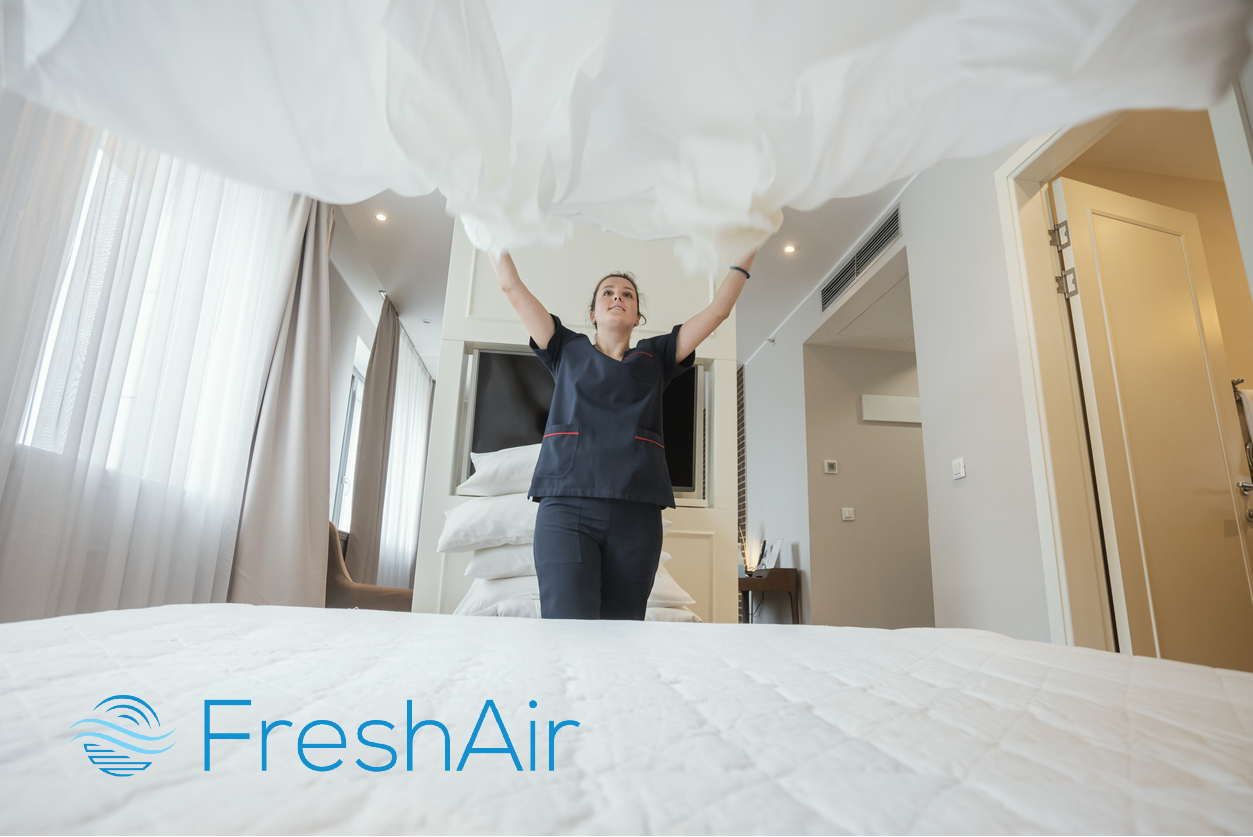Smoke-free housing is more than a public health ideal — it’s increasingly a tenant expectation. Many residents living in multi-unit and public housing express strong preferences for environments free from secondhand smoke. But while demand is high, implementation and enforcement present real challenges. In this article, we explore the data, the hurdles, and how molecular monitoring technology can play a role in meeting tenant expectations.
Tenant Preferences & Exposure Realities
- In a survey of Los Angeles apartment dwellers, 82 % of tenants indicated they would prefer to live in smoke-free buildings — yet only about 20 % of units had smoke-free policies in place. UCLA Center for Health Policy Research
- Even among units that ban in-unit smoking, 44 % to 53 % of residents report experiencing smoke infiltration from other units or shared spaces. American Lung Association
- In affordable housing datasets, a large majority of tenants are nonsmokers: e.g. 92 % of seniors, 85 % of African Americans, and 91 % of Hispanics report not smoking. Public Health Law Center
- Among HUD-assisted populations, around 33.6 % were current smokers in data over 2006–2012. PMC
These figures suggest a paradox: while many tenants want smoke-free living, many are nonetheless exposed to involuntary smoke intrusion in their homes.
Challenges in Meeting Smoke-Free Preferences
- Structural and ventilation limitations
Buildings not originally designed for full smoke separation make it difficult to prevent drift of smoke through shared ducts, walls, plumbing stacks, or gaps. - Enforcement difficulties
Consistently monitoring compliance is labor-intensive. Many property managers cite enforcement as the top barrier. For example, in a Nebraska housing survey, ~68 % reported enforcement was the biggest obstacle. Nebraska DHHS - Tenant pushback / perceived fairness
Some residents may view smoke-free rules as infringing on personal rights, especially in properties where long-term residents are asked to change behavior. - Legal and lease constraints
Policies must comply with lease terms, local housing rules, and fair housing laws. HUD supports smoke-free policies in public housing (with some exemptions), but implementing them requires care. Public Health Law Center+1 - Lack of measurement / proof / transparency
Without objective monitoring, disputes over smoke origin, timing, and persistence are hard to resolve.
New Solutions to an Old Problem
Here’s how technology and best practices can help close the gap between tenant expectations and feasible smoke-free living:
| Solution | Benefits | How FreshAir Sensor Supports It |
| Continuous indoor air quality (IAQ) monitoring | Provides objective data on pollutant levels over time | Molecular sensors track molecules in actively burning tobacco and marijuana, allowing identification of offending units |
| Baseline & trend reporting | Shows before vs. after comparisons, supports reporting to stakeholders | Automated dashboards let property management see when events spike or decline |
| Lease / policy support & documentation | Objective data strengthens enforcement credibility | When tenants dispute claims, recorded sensor logs offer clarity and court-proven scientific evidence |
| Notification + alerts | Fast alerts when smoking molecules are detected | Management can respond proactively rather than reactive |
| Tenant transparency & trust | Sharing data with tenants builds confidence and buy-in | Some residents may be more supportive if they see concrete evidence of air quality improvement |
In addition to technology, successful implementation often includes:
- Clear lease addenda and policy language
- Tenant communication campaigns and engagement
- Phased rollouts and grandfathering periods
- Cessation support or designated outdoor smoking areas
- Ongoing enforcement protocols and escalation pathways
The evidence is clear. Most tenants desire a smoke-free living environment, and many currently suffer exposure to secondhand smoke despite rules against indoor smoking. The path forward in public housing lies in combining smart policy, tenant engagement, and data-driven monitoring. FreshAir Sensor’s molecular sensor solutions can be a critical enabler in bridging that gap — creating healthier, more equitable, and more livable housing for residents.

